Illustration from Learnist board: Incarceration of Japanese Americans During WWII
I was looking for an online content creation tool to use with my pre-service history teachers at the University of Portland. Our course blog. It had to be an education-friendly, social network that would allow them to post a variety of content, annotate it and provide tools to comment on each other’s work.
They were tasked with designing document based questions (DBQs) that included a variety of source material – text, letters, posters, video, audio. Each DBQ needed an engaging generative / essential question worth answering. It would utilize a series of documents with scaffolding questions designed to help the reader to answer the DBQ’s generative question. See full lesson here.
I considered a variety of social networking curation tools – Pinterest, ScoopIt, etc and posted the question to one of my Google groups. Features I was looking for included: ease of use, space for annotation, user comment, sharing and embedding options. Eventually I settled on Learnist. After reviewing the feedback and trying a few tools our, I settled on Learnist. From my perspective, it’s useful tool with a short learning curve. It lacks many formatting options, but that’s something I like. I’d rather have students focus on content than style.
Learnist proved to be a valuable tool for the students. They were able to post their work and gather feedback from their peers. Since Learnist can be embedded in a blog, they were able to use them as the foundation for guest posts on my blog. See student Learnists here.
Eventually students used the content as the foundation for our class publication of an iBook.
Here’s a sample lesson that I created using Learnist Incarceration of Japanese Americans During WWII. I’ll be posting samples of student work soon.
Here’s some comments by my students on Learnist:
- I enjoyed using Learnist. If anything, it’s a helpful cache of lessons to fall back on in the future. I know that I would like to teach a lesson on the Irish War of Independence, and Learnist provides a useful tool to use in the future. However, the format of Learnist does not lend itself easily to a stand-alone lesson. Rather, it provides the backdrop for a more in-depth and exhaustive lesson, a backdrop student can visualize and access from home. The aesthetics could be improved on the site, such as the use of a full screen document viewer, and more interactive visual presentations. ~ Peter
- I’m with you, Peter. Learnist is a good idea, but they have a ways to go in terms of developing a user-friendly and aesthetically pleasing experience. Developing our lessons was fun though, and I could see myself using this in some capacity down the road ~ Damian
- As for Learnist, I think it was a very cool idea, and I really enjoyed reading through some of the lessons that the other students created. ~ Cory
- As for Learnist, I liked seeing others’ boards. I liked seeing how others were forming their follow-up questions and receiving help from my classmates. I think it is a cool site that I will use once I am a teacher, especially if my school is technologically savvy (fingers crossed!). ~ Christina
- It was also interesting to see the different ways that other students used Learnist to get different outcomes. I’ll admit, however, that I don’t think I’ll be using this in my classroom anytime soon. It’s just a little bit too clunky for me, and I think that there are other ways that students can create DBQs that are a whole lot easier. ~ Heather
- It was very interesting to see how everyone used Learnist for their DBQs. After browsing several of the projects, it became clear that people viewed the website in different ways. Now that I have finished my project with Learnist, it is hard to imagine using it in the classroom. Personally, there are just not enough formatting or board layout options to make the site useful for me. Whenever I use technology, the more that I can personalize my project the better. ~ Collin
Image Credit: Their son was serving in the US Army fighting in Italy, while the Hirano family was incarcerated in the Colorado River Relocation Center, Poston, Arizona.
The Hirano family, left to right, George, Hisa, and Yasbei. Colorado River Relocation Center, Poston, Arizona. 1942 – 1945
Records of the War Relocation Authority
National Archives Identifier: 535989

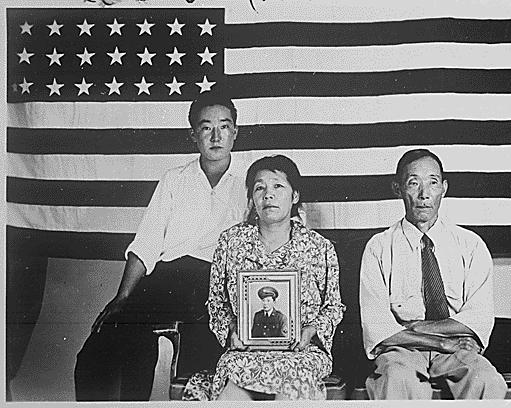

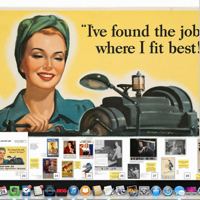
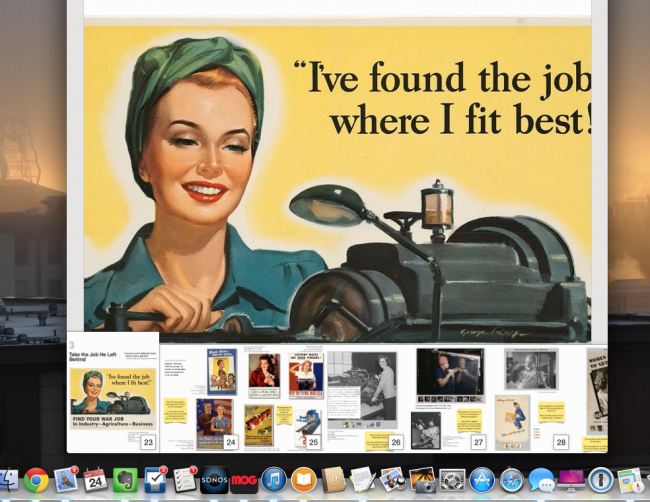
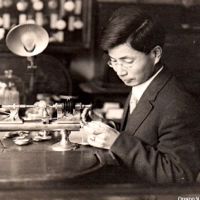

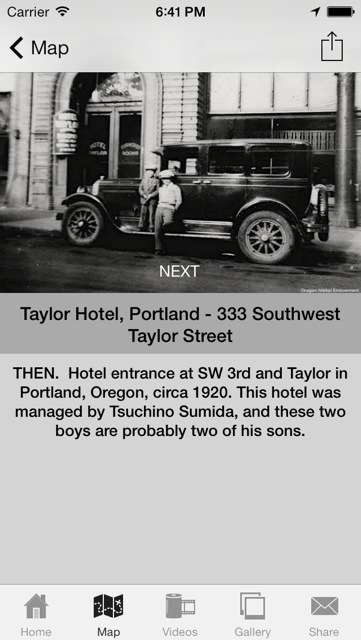
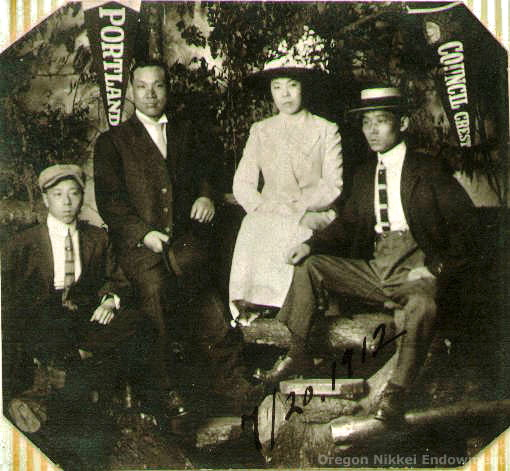
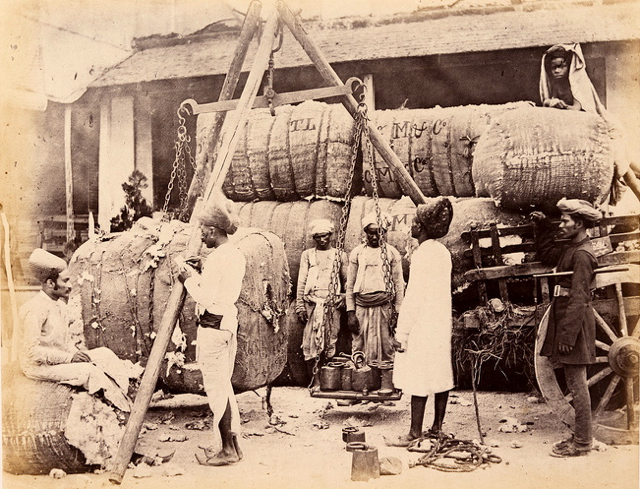

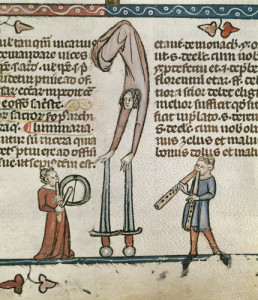

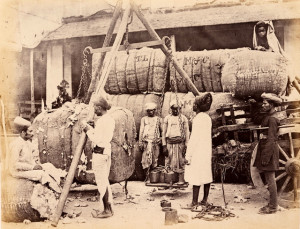
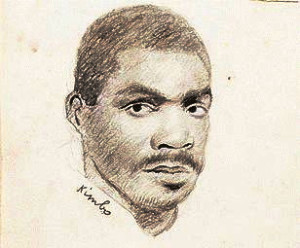
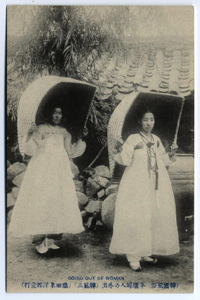
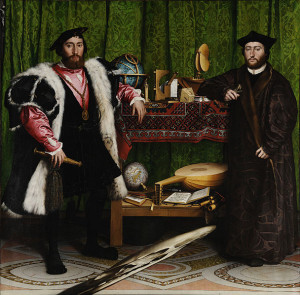
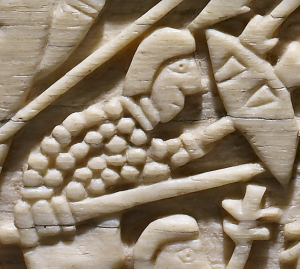
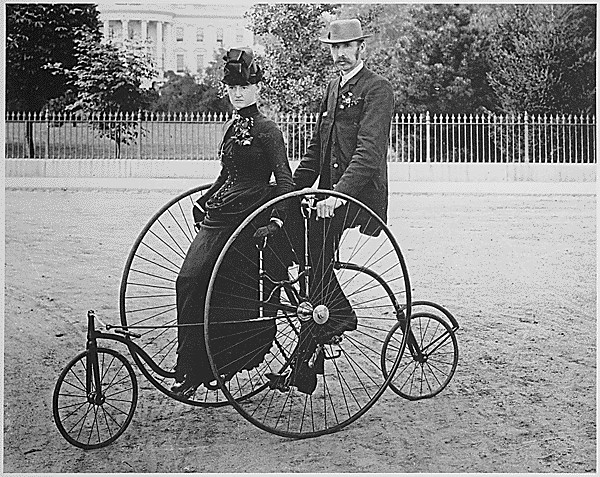
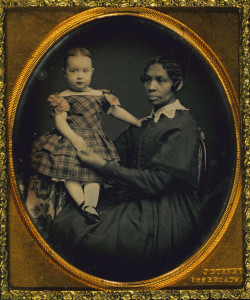
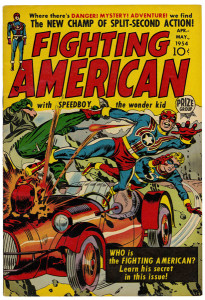
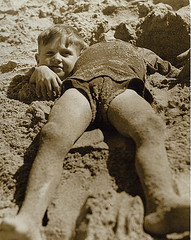
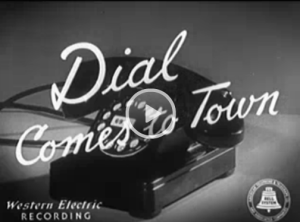
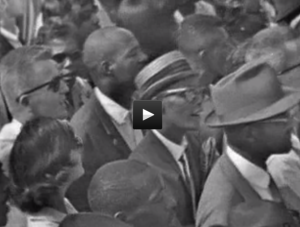

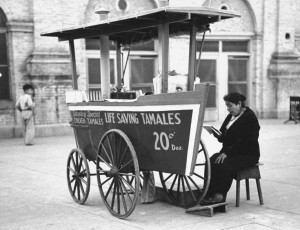
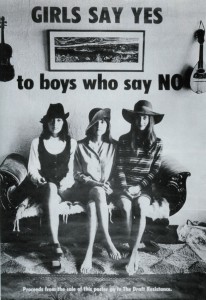
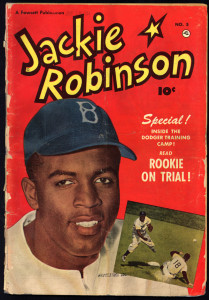

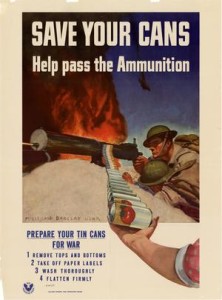
![What One May Wear, [on Bicyles] The Herald (Los Angeles, CA), June 2, 1895](https://peterpappas.com/images/2013/09/What-One-May-Wear-on-Bicyles-The-Herald-Los-Angeles-CA-June-2-1895.jpg)